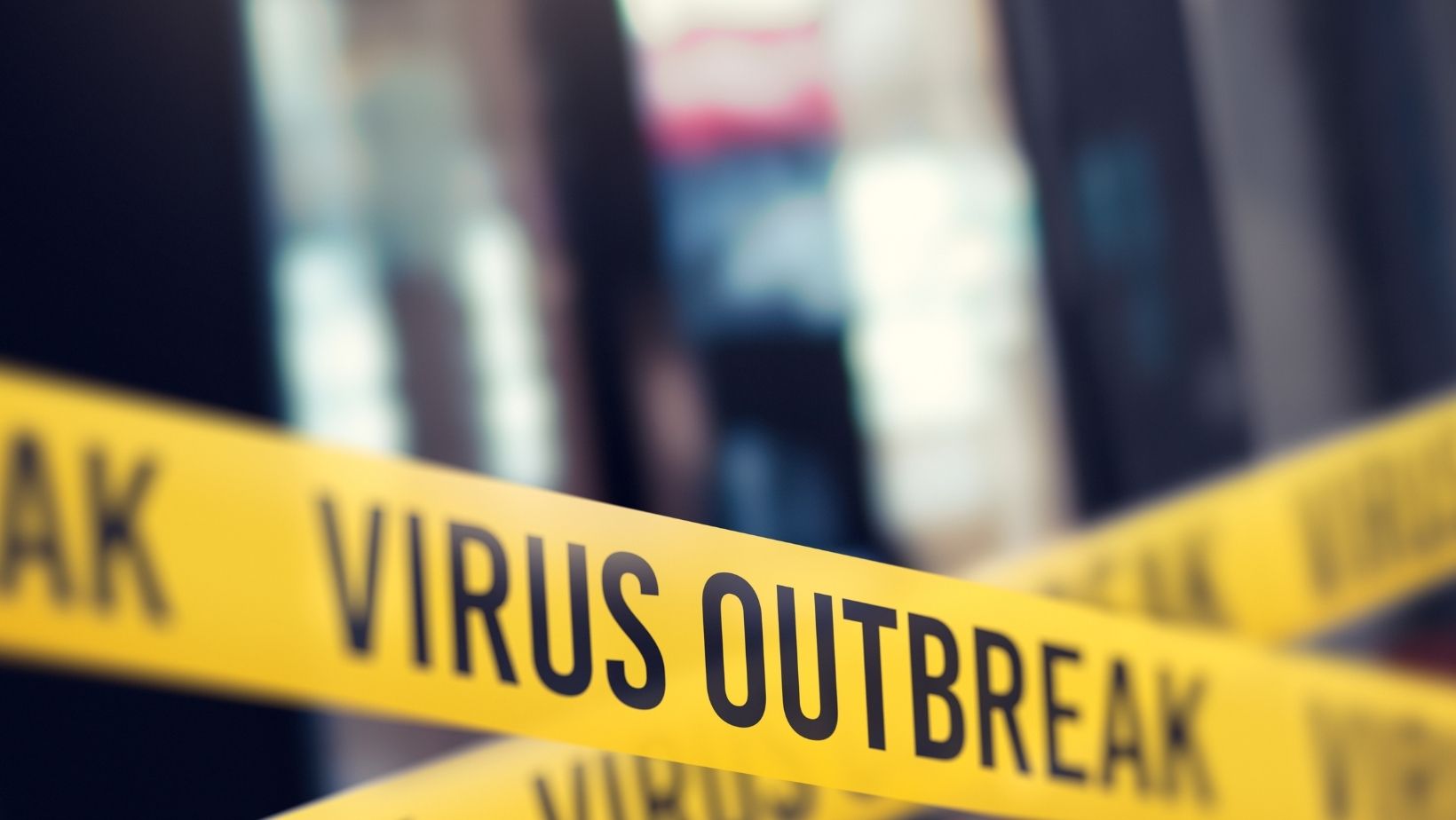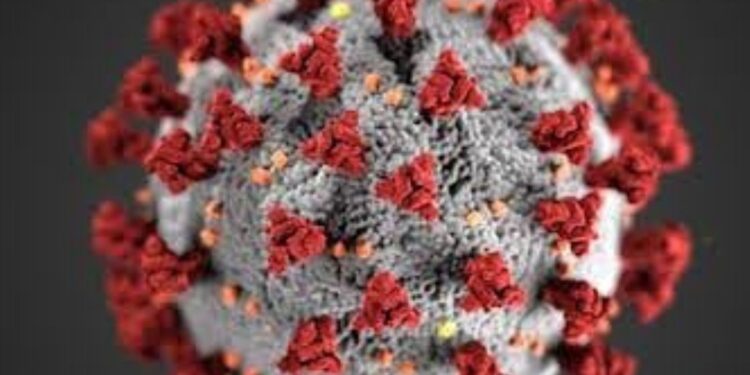Epidemiology plays an essential role in understanding how infections spread and how to protect populations from various pathogens. Whether it’s an infectious microorganism like bacteria or a rapidly evolving virus, studying how these agents affect individuals and communities is crucial to minimizing their impact. These studies help us identify patterns, predict potential risks, and implement solutions to mitigate harm. Over time, our understanding of how these organisms evolve has become more sophisticated, offering key insights into why some microorganisms persist or mutate to become more dangerous.
Here’s what you need to know about the role of epidemiologists and how they contribute to the community:
What Is Epidemiology?
Epidemiology is the study of how illnesses spread among populations and the factors that influence their distribution. This field focuses on understanding the patterns and causes of various health conditions and events within a population. Through the work of public health experts, researchers identify risk factors, track patterns, and recommend interventions to control or prevent the spread of harmful pathogens. The knowledge gained helps shape public health policies, design programs, and provide insights into control strategies. By understanding how these health events occur, epidemiologists help address the root causes and prevent future outbreaks, offering both solutions and prevention methods to minimize risks for affected communities.
The Role of Microorganisms in Infections and Their Evolution
Infections caused by pathogens like bacteria or viruses can significantly impact populations, especially when they mutate and adapt. These microorganisms change over time, which can lead to more resilient strains that evade treatments or become more transmissible. Understanding why do viruses exist and how they evolve helps us grasp the reasons behind their survival mechanisms. This evolution makes it challenging to contain pathogens and poses a serious concern for public health systems. Many institutions offer programs that explore the genetic and environmental factors driving these changes. Researchers study how microorganisms adapt and why this happens, shedding light on how some pathogens become more dangerous, improving strategies for public health interventions.
How Experts Track Patterns of Health Conditions
Tracking the spread of illnesses involves identifying patterns in how they affect specific groups within a population. By examining factors such as age, gender, location, and lifestyle, health experts can determine which groups are most at risk. This helps design targeted interventions that focus on vulnerable communities. Monitoring these trends also aids in anticipating when and where health events will occur. Using surveillance systems that gather data from hospitals, surveys, and laboratory testing allows public health authorities to detect emerging threats early. By analyzing these trends, experts can predict patterns and implement strategies to prevent outbreaks and minimize the risks to communities.
The Influence of Public Policy in Managing Health Risks
Health-related studies directly influence public policy, guiding decisions that affect how governments and healthcare systems manage health threats. For example, the introduction of vaccination programs, travel restrictions during health events, and resource distribution are based on epidemiological evidence. 
Identifying Risk Factors in Disease Spread
One of the key roles of public health research is identifying risk factors that increase the likelihood of disease transmission. These risk factors can range from individual behaviors, like smoking or poor diet, to environmental conditions, such as inadequate sanitation or overcrowding. Recognizing these factors helps design targeted interventions to minimize exposure. For instance, poor hygiene and unclean water can lead to the rapid spread of infectious diseases, while lifestyle choices may increase the risk of chronic conditions. Addressing these risk factors reduces the overall risk of spread and improves public health outcomes. By pinpointing and understanding these factors, health experts can create better prevention strategies for vulnerable populations.
The Challenges of Predicting Health Events
Predicting the spread of infections is a complex task that epidemiologists face every day. Several factors can complicate these predictions, including human behavior, environmental changes, and the unpredictable nature of pathogens themselves. For example, people’s travel habits, interactions, and even seasonal changes can alter how quickly and widely a disease might spread. In addition, the ability of microorganisms to mutate quickly or adapt to treatments further complicates predictions. While mathematical models and simulations are often used to predict trends, unforeseen variables, such as new variants or changes in societal behavior, can derail even the best-laid plans. This constant challenge underscores the importance of continuous monitoring and adaptation in the field of public health.
The Importance of Global Surveillance Networks
Global surveillance networks play a crucial role in tracking and managing health threats worldwide. These networks help epidemiologists detect new outbreaks, identify patterns in disease spread, and ensure that responses are swift and coordinated across borders. Organizations like the World Health Organization (WHO) and the Centers for Disease Control and Prevention (CDC) collaborate with national health agencies to monitor infections and control outbreaks. Early detection through surveillance networks can help prevent the spread of diseases by implementing containment measures before they become widespread. By sharing data and resources, global networks allow health professionals to respond more effectively to emerging threats, making international collaboration essential for safeguarding public health.
Epidemiology plays a critical role in protecting public health by studying the patterns and causes of health events within populations. By understanding how infections spread, how microorganisms evolve, and how different factors influence disease transmission, public health experts can develop effective strategies to reduce risks and improve community well-being. From identifying key risk factors to using global surveillance networks, the work of epidemiologists informs policies and interventions that safeguard the health of populations worldwide. With advancements in technology and continuous research, the future of public health looks bright, offering new tools to predict and prevent the spread of harmful pathogens. Understanding the complex world of infectious diseases and their evolution will remain crucial to protecting global health.













Discussion about this post